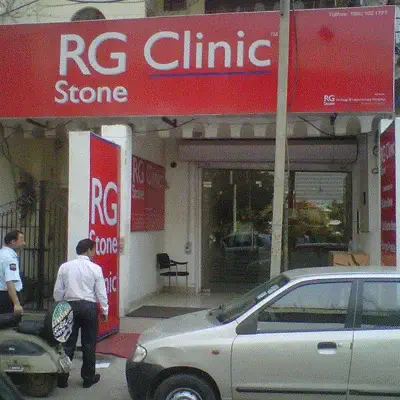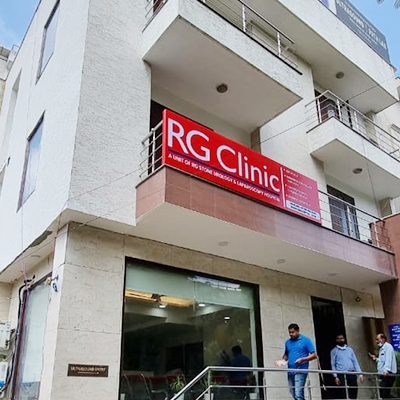A vesico vaginal fistula (VVF) is an abnormal connection between the bladder and the vagina, resulting in the continuous and uncontrollable leakage of urine into the vaginal vault. The most common cause in developing countries is prolonged obstructed labor, where the baby's head compresses the mother's soft tissues against her pelvis for an extended period, leading to tissue death and fistula formation. In developed countries, VVF is more often a complication of pelvic surgery, particularly hysterectomy, or a result of radiation therapy for pelvic cancers. Other less common causes include pelvic trauma, infections, or certain cancers. The primary symptom of VVF is the continuous, involuntary leakage of urine from the vagina. This can lead to skin irritation, recurrent urinary tract infections, and significant psychosocial issues including depression, social isolation, and in some cultures, ostracization.
Diagnosing a vesico vaginal fistula typically involves a combination of clinical evaluation and diagnostic tests. The process usually begins with a detailed medical history and physical examination. A pelvic exam may reveal the presence of urine in the vagina or the fistula itself if it's large enough. Dye tests are commonly used, where the bladder is filled with a colored solution (like methylene blue) and a vaginal tampon is inserted; if the tampon becomes stained, it confirms the presence of a fistula. Cystoscopy, where a thin tube with a camera is inserted into the bladder, can help visualize the fistula from the bladder side. Imaging studies such as CT scans or MRIs may be used to precisely locate the fistula and assess its size. In some cases, retrograde pyelography or voiding cystourethrography might be employed to get a clearer picture of the urinary tract anatomy and the fistula's location.
Procedures & Interventions
In some cases of small, recent fistulas, conservative treatment may be attempted. This involves continuous bladder drainage with a catheter for several weeks. The goal is to keep the bladder empty, allowing the fistula to heal spontaneously. This approach is more likely to succeed with small fistulas detected early after formation.
Surgery is the definitive treatment for most VVFs. The approach can be vaginal or abdominal, depending on the fistula's location and size. The basic principle involves separating the bladder from the vagina, closing each organ separately, and often interposing healthy tissue between them. The success rate for first-time repairs by experienced surgeons is generally high.
Laparoscopic and robotic-assisted repairs are becoming more common for VVF treatment. These approaches offer the benefits of smaller incisions, less pain, and faster recovery. However, they require specialized equipment and surgeons with advanced training in these techniques.
During surgical repair, healthy tissue (such as a Martius flap from the labia, or an omental flap from the abdomen) may be placed between the repaired bladder and vagina. This technique provides additional support and blood supply to the repair site, potentially improving healing and reducing the risk of recurrence.
In complex cases where direct repair is not possible, urinary diversion procedures may be necessary. These involve creating a new path for urine to exit the body, bypassing the damaged area. Options include ileal conduit or continent urinary diversion techniques.

In some cases of small, recent fistulas, conservative treatment may be attempted. This involves continuous bladder drainage with a catheter for several weeks. The goal is to keep the bladder empty, allowing the fistula to heal spontaneously. This approach is more likely to succeed with small fistulas detected early after formation.

Surgery is the definitive treatment for most VVFs. The approach can be vaginal or abdominal, depending on the fistula's location and size. The basic principle involves separating the bladder from the vagina, closing each organ separately, and often interposing healthy tissue between them. The success rate for first-time repairs by experienced surgeons is generally high.

Laparoscopic and robotic-assisted repairs are becoming more common for VVF treatment. These approaches offer the benefits of smaller incisions, less pain, and faster recovery. However, they require specialized equipment and surgeons with advanced training in these techniques.

During surgical repair, healthy tissue (such as a Martius flap from the labia, or an omental flap from the abdomen) may be placed between the repaired bladder and vagina. This technique provides additional support and blood supply to the repair site, potentially improving healing and reducing the risk of recurrence.

In complex cases where direct repair is not possible, urinary diversion procedures may be necessary. These involve creating a new path for urine to exit the body, bypassing the damaged area. Options include ileal conduit or continent urinary diversion techniques.
Team of Excellence
RG Hospitals is proud to have over 4,800 esteemed doctors, many of whom are pioneers in their respective fields. They are recognized for their commitment to advancing healthcare through innovative and groundbreaking clinical procedures.
Find a DoctorLooking for an Expert
RG Hospitals is proud to be the home of some of the world's most distinguished doctors.

Patient Stories
View All
Patient Testimonial | Commitment To Care
Treated by Dr. Manoj Gupta , RG Stone Hospital, Dehradun
- All Locations
- New Delhi
- Haryana
- Punjab
- Kolkata
- Chennai
- Mumbai
- Goa
- Uttar Pradesh
- Uttarakhand

















